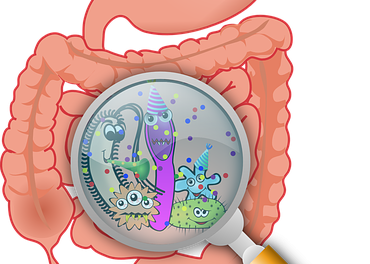Where our bodies store fat is important, because centrally distributed fat (‘apple shaped’) carries a higher risk of health conditions like diabetes and heart disease, than does peripherally distributed fat (‘pear shaped’).
Hot in the news last week, 24 genes were newly discovered that have an influence on the pattern of fat distribution. Fifteen of these genes are common while the other 9 are rare; most of the rare genes, however, had a more powerful effect if present. They also found that several genes had a gender-dependent effect, with most having a more powerful effect in women than in men. Some of the genes discovered seem to exert their impact on body fat distribution via their effect on lipid metabolism and role in fat storage. These new genetic discoveries open up opportunities to better understand how female and male hormones may interact with genes to regulate body fat and affect cardiovascular risk, and may present future treatment targets as well.
So, does this mean that your body fat distribution (and consequent health risk) is written in evolutionary stone? No. For example, the activity of previously discovered genes that have an impact on body fat distribution are modulated by factors like smoking. We also know that the activity of genes that contribute to the amount of fat we carry (which influences how much fat is at each site) are influenced by a wide array of factors, including lifestyle factors and the type of food we eat. Also, when we lose over 10% body weight, we start to see an impact on expression of genes in subcutaneous fat tissue.
For now, we can recommend personalized weight management that incorporates healthy and permanent living choices. In the future, it is hoped that our better understanding of genetics will bring about a precision medicine approach where we can assess each person’s genetic makeup and target strategies accordingly.
Follow me on twitter! @drsuepedersen
www.drsue.ca © 2019












